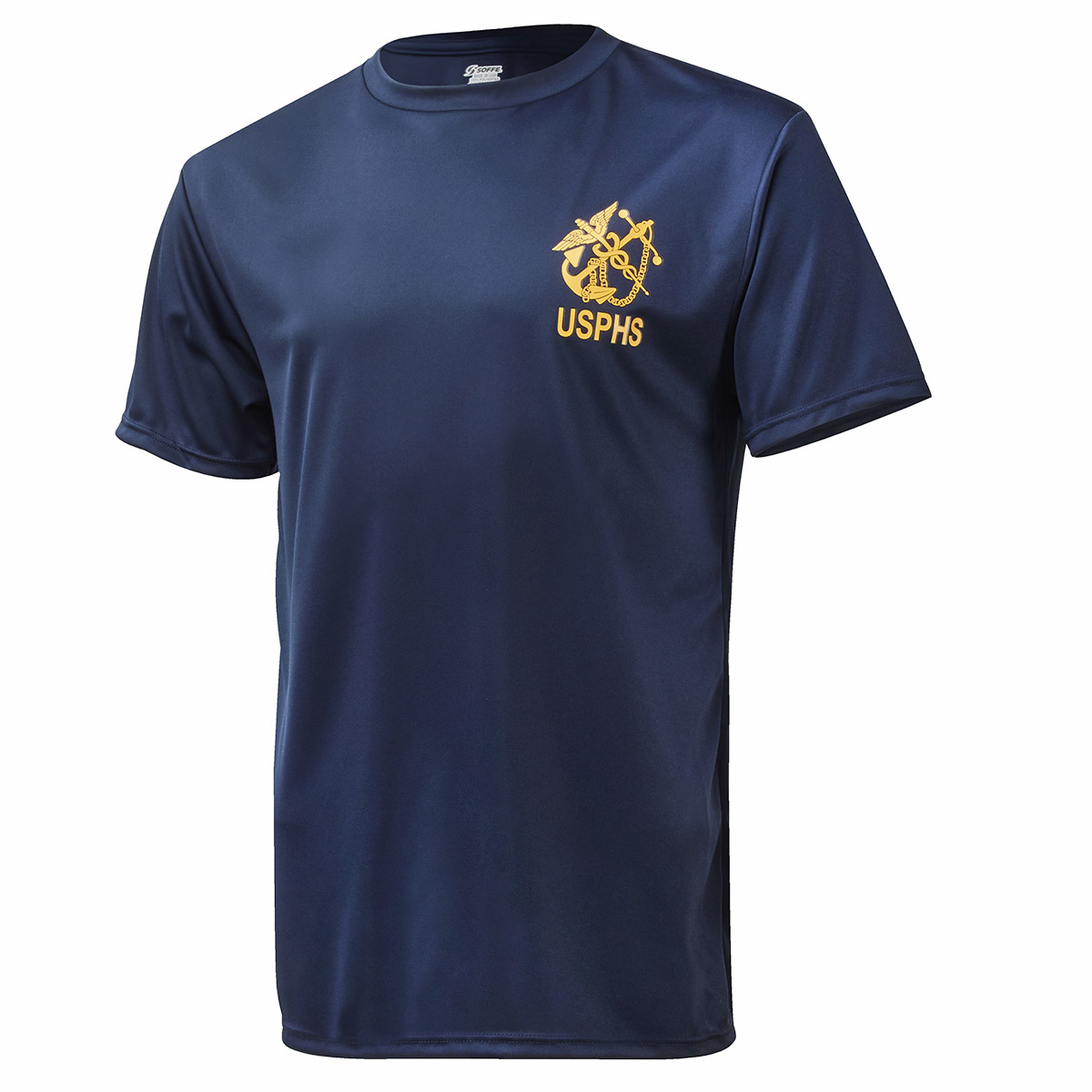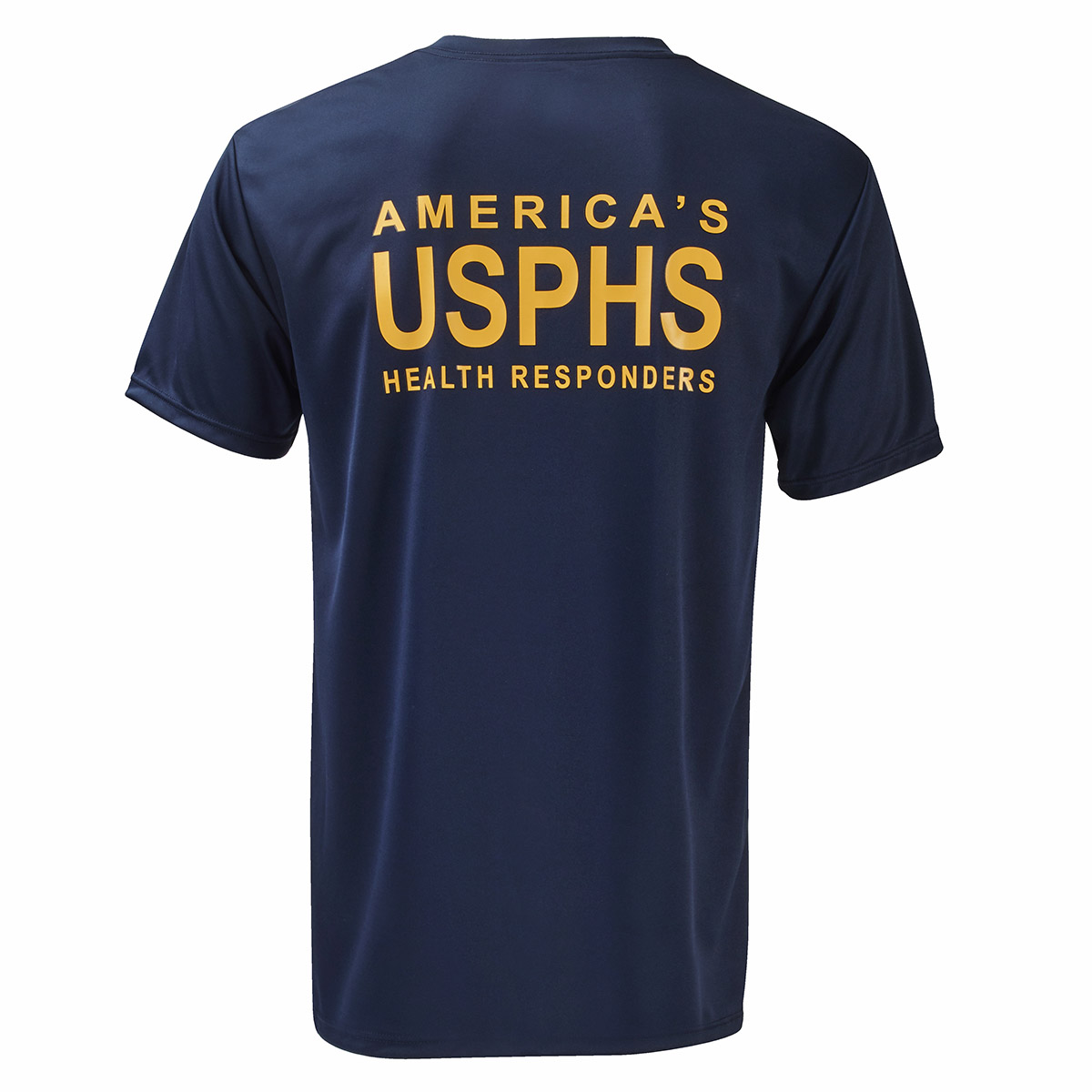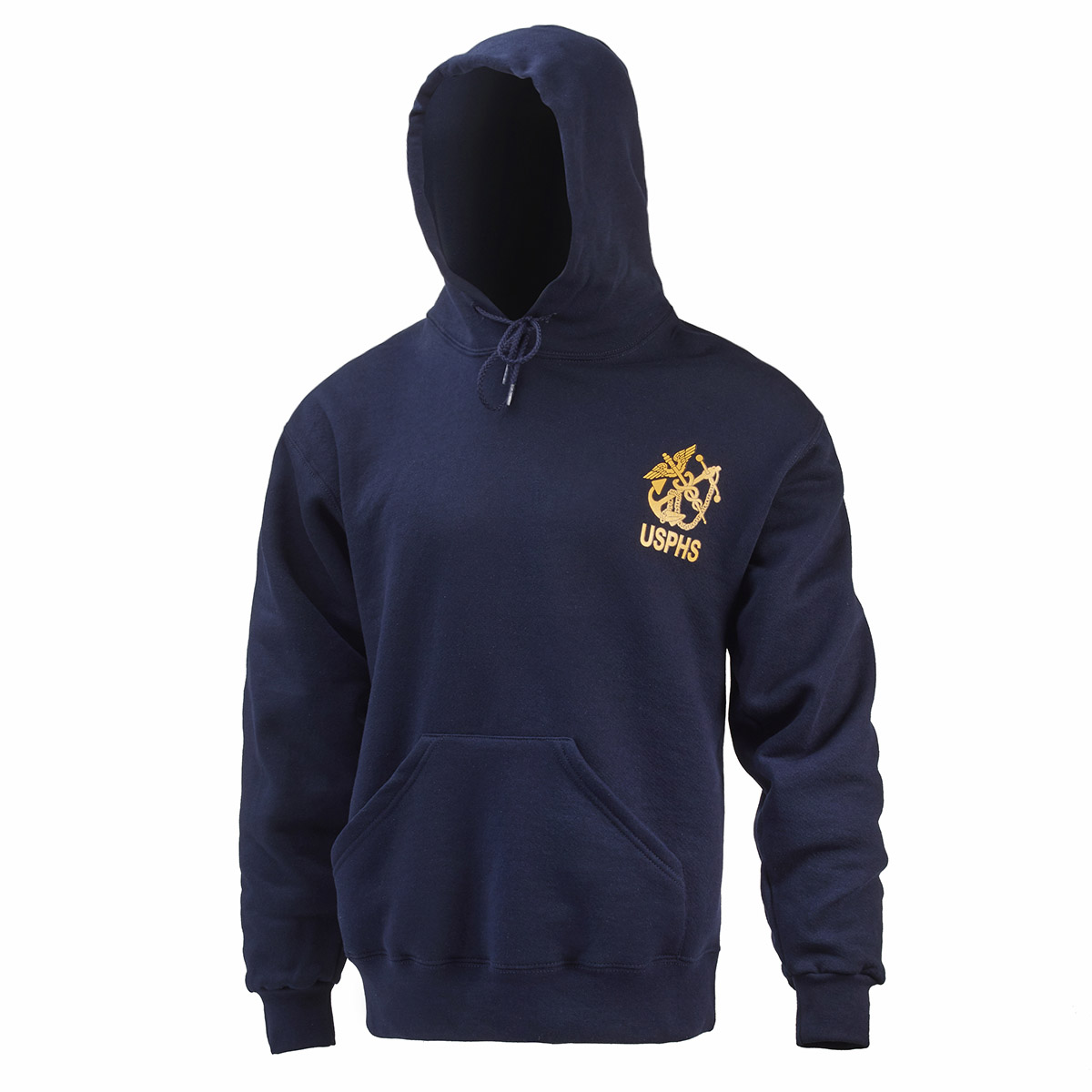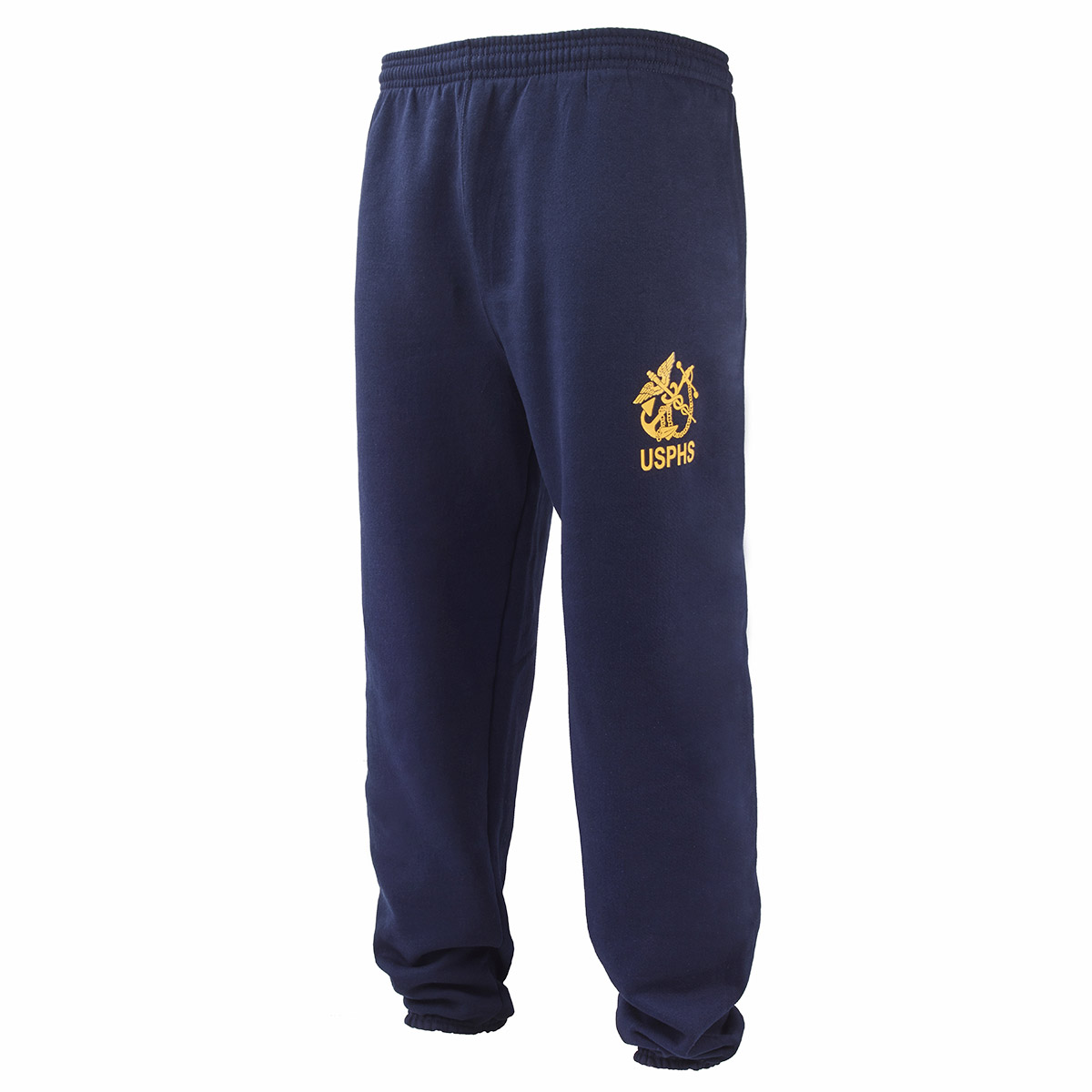-
- About ASB Main Page
- Deployment Travel and Travel Readiness
- Frequently Asked Questions
- Government Travel Charge Card
- Household Goods Officers
- Important Regulation Changes
- Junior COSTEP Travel Information
- Links
- Official Travel Forms
- Permanent Change of Station (PCS)
- Servicemembers Civil Relief Act (SCRA)
- Table of Frequently Used Acronyms
- Temporary Duty Assignments (TDY)
- Transportation
- Travel and Transportation
- Travel and Transportation Allowances FAQ
- Travel and Transportation Entitlements Summary
- Travel, PCS and Transportation
- Important Regulation Changes
- Travel & Transportation Entitlements Summary
- Permanent Change of Station (PCS)
- Temporary Duty (TDY)
- Junior COSTEP Travel Information
- Official Travel Forms
- Household Goods Officers
- Transportation
- Government Travel Charge Card
- Table of Frequently Used Acronyms
- Servicemembers Civil Relief Act
- Links
- Travel and Transportation Allowances FAQ
- Personnel & Career Management
- Licenses and Transcripts
- Licensure Overview and FAQs
- Transcripts FAQs
- Leave
- eCORPS Information
- Officer Leave and Absence Request FAQ
- Practice Hours
- Practice Hours FAQs
- Practice Hours User Guide
- Practice Hours Opportunities
- Long Term Training
- Extramural and Intramural Training FAQs
- Training Forms
- About Policy
- Commissioned Corps Issuance System
- Commissioned Corps Legislative Liaison Program (CCLLP)
- Equal Opportunity
- Frequently Asked Questions
- Political Restrictions
- Promotion Ceremony Protocol (PDF, 126kb)
- SGHG Drill and Ceremonies Manual (PDF, 3.39mb)
- Uniform Specifications
- PHS Hard Shoulder Boards and Sleeve Insignia (Male and Female) (PDF, 828kb)
- PHS Soft Shoulder Marks (Unisex) (PDF, 324kb)
- Physical Training Uniform (PTU)
- Promotion Preparation
- Checklist (Due Dates & Reminders)
- Precepts & Benchmarks
- Administrative Checks
- General Guidance
- Promotion Process
- Eligibility
- Opt Out/Promotion Deferral
- Zones
- Below the Zone
- Failure of Promotion
- Scoresheets
- Deployment Information
- Operations and Deployment
- On-Call Schedule
- Deployment Awards
- Other Resources
- About the Training Branch
- Training Dates
- Career Pathways
- Webinars
- Career Development Trainings
- Officer Basic Course (OBC)
- Officer Intermediate Course (OIC)
- Preparedness Trainings
- Military Facility Annual Training (MFAT)
- Partner Trainings
- Army War College (AWC)
- Interagency Institute for Federal Health Care Executes (IAI)
- Capstone Leadership, Education, Analysis, Development, Sustainment (LEADS)/Joint Medical Executive Skills Institute (JMESI) Course
- Command and General Staff Officer Course (CGSOC)
- Defense Advanced Research Project Agency (DARPA)
- Joint Medical Executive Skills Institute (JMESI) Intermediate Executive Skills (IES)
- Office of National Drug Control (ONDCP)
The USPHS Commissioned Corps is committed to our mission to protect, promote, and advance the health and safety of the nation. Public Health Service officers are trained and equipped to provide crucial public health leadership, assist with policy development, advance innovation and science, provide essential care services and respond to national and global public health emergencies. Through our Active Duty Regular Corps, our Public Health Response Strike Team (PHERST) and our Ready Reserve Corps, we remain responsive and available to rapidly deploy in the service of health.
-
Readiness and Deployment Branch (RDB)
USPHS Commissioned Corps Physical Training Uniform (PTU)
Commissioned Corps Headquarters (CCHQ) is pleased to premier the new U.S. Public Health Service Commissioned Corps Physical Training Uniforms (PTU)! These uniforms will be available for officers to acquire at the online NEX on February 1, 2021 and in store on February 5, 2021. Officers are required to acquire two sets of the PTU shirts and shorts, the fleece (sweatpants and sweatshirt) are optional. The fitness suit will be available at a later date.
One of the many areas of focus for Commissioned Corps Headquarters (CCHQ) has been updating Commissioned Corps’ policies to align with the “Modernization Initiative.” In concert with this initiative, I am pleased to announce the updated Commissioned Corps Instructions (CC1) 421.01, “Uniforms for Male Officers”, CC1 421.02, “Uniforms for Female Officers”, CCI 412.01, “Uniforms and Appearance” and CCI 413.01, “Special Uniform Situation.”
There are several essential updates to these policies. We have developed Frequently Asked Questions (FAQs) to help Commissioned Corps officers understand these policies.
Frequently Asked Questions on the Physical Training Uniform (PTU) and Uniform Policies
The updates to the current USPHS Commissioned Corps uniform policies are primarily to address the phasing out of the current Operational Dress Uniform (ODU) to correspond with the adoption of the new Coast Guard Utility (CGU) uniform. Also, the updates address new USPHS Commissioned Corps uniforms that have been adopted and/or phased out.
Policy: New: Section: CCI 412.01, “Uniforms and Appearance” Updates procedures for requesting a uniform allowance. 8-5. Clarifies:
Wear of hand rings;
Wear of wristwatches and/or bracelets;
Policy on fingernails & wear of nail polish;
Rules for tattoos/body art
6-8.g.
6-8.k.
6-8.e.
6-8.l. 8-3.b.Updates to Designation of Covered Areas to include Federal building evacuations.
8-3.b.Provides for and defines the wear of ponytails, locs, and hair buns for female officers 6-8 a. CCI 413.01, “Special Uniform Situations” New sections added:
Duffle Bag
Maternity ODUs
Nursing T-shirts
Physical Training Uniforms (PTU)
6-8.
8-4.
8-5.
8-12.New sections added:
Duffle Bag
Maternity ODUs
Nursing T-shirts
Physical Training Uniforms (PTU)
6-8.
8-4.
8-5.
8-12.Updates rank placement for flag officers. 6-5.f. Removes sections on snow camouflage and extreme cold weather gear and utility cap (8-point ODU cover). CCI 421.01, “Uniforms for Male Officers”
&
CCI 421.02, “Uniforms for Female Officers”Authorizes following1 :
New enhanced fleece liner with rank tab for use with ODU;
New ODU replacement with the Coast Guard Utility uniform;
the Improved Flame Variant Coveralls for shipboard use;
New Flex Fit Black Windbreaker Jacket;
optional Blue Utility/Working T-Shirt with options of command/unit logos;
New Female Service Dress White Jacket (Choker)2 ;
Flats for Service or Service Dress Uniforms3 .
Removes Gold Lined Cape; Beret; Cap, Ball, Coyote Brown; and Cap, Utility, 8 Point as authorized components. Removed duffle bag from policy & covered in CCI 413.01, “Special Uniform Situations.” 1 Applies to CCI 421.01 and CCI 421.02 unless otherwise noted.
2 only to CCI 421.02,
3 Applies only to CCI 421.02The Fleece Liner can only be worn with the Operational Dress Uniforms (ODUs).
Public Health Service officers must wear slide on embroidered rank insignia or bright full-sized metal rank insignia centered on the front tab.
The National Uniform Authority (NUA) can authorize command/unit logos on t-shirts worn with all working/utility uniforms (ODU/CGUs, coveralls, and flight suits). Command/unit logos may be applied via heat transfer, silk screen or embroidery to one-hundred percent cotton t-shirts that are navy blue, coyote brown, or black in color (as authorized with each uniform). Logos can be worn on the front and back of t-shirts if they are in good taste, enhance unit esprit de corps, and reflect well upon the U.S. Public Health Service (USPHS) Commissioned Corps and the unit they represent.
No, Public Health Service officers can no longer wear the Coyote Brown Cap and the 8-Point Utility Cap.
CCI 421.02, “Uniforms for Female Officers”
Yes, female Public Health Service officers can now wear the Choker. The Choker is a single-breasted design with princess seams to allow for improved fit as well as alteration. The choker coat does not include front breast pocket.
Yes, female Public Health Service officers are authorized to wear the flat shoes with the Service Dress Uniforms. Flats will be slip-on and plain without ornamentation, designs, or decorative stitching, with a rounded and closed toe and closed heel. Navy-certified brown leather flats are optional wear with khaki uniforms.
Effective 1 January 2020, female Public Health Service officers are not authorized to wear the beret.
No, female Public Health Service officers can no longer wear the Coyote Brown Cap and the 8-Point Utility Cap.
CCI 412.01, “Uniforms and Appearance”
Yes, Public Health Service officer serving on active duty status are eligible for the one-time $250 uniform and equipment allowance when required to wear the uniform.
Ponytail hairstyles must not interfere with the proper wearing of military headwear and equipment nor extend downward more than three inches (the approximate length of a Common Access Card) below the lower edge of the collar (shirt/blouse, jacket, or coat) while sitting, standing, or walking. Additionally, ponytails must not extend outward more than three inches behind the head as measured from the securing accessory nor can the width exceed the width of the back of the head or be visible from the front. Policy now authorizes the wear of a single braid, French braid, or a single ponytail in Service, Working, and physical training (PT) uniforms.
For the purpose of grooming standards, Public Health Service officers may wear the locs hairstyle in short, medium, and long hair lengths in the following manner. Locs must continue from the root to the end of the hair in one direction (no zig-zagging, curving, or ending before the end of the loc to dangle as a wisp or loose hair) and should encompass the whole head. Locs parting must be square or rectangle in shape in order to maintain a neat and professional appearance. Locs can be loose (free-hanging where no hair is added to the loc once it is started other than hair extensions that are attached at the end of the natural hair). When worn loose, locs must be spaced no more than 3/8 of an inch apart, the diameter/width must not exceed 3/8 of an inch, and must be tightly interlaced to present a neat and professional military appearance. Public Health Service officers may also wear locs in a bun provided all hair grooming requirements are met.
The width or diameter of the hair bun will not exceed or extend beyond the width of the back of the head. The USPHS Commissioned Corps authorizes female Public Health Service officers wearing a bun hairstyle with a command ball cap to position the bun through the rear opening of the ball cap if the design of the ball cap allows for wearing the hair and cap in that fashion.
Men: Fingernails for men must not extend past fingertips and must be kept clean. The tips of the nails may be round to align with the contour of the fingertip. While the USPHS Commissioned Corps authorizes buffed nails or clear coat nail polish, it does not authorize colored nail polish for men.
Women: Fingernails must not exceed ¼ inch, measured from the fingertips and must be kept clean. The tips of the nails may be round, almond/oval or square in shape. Officers may wear nail polish, but colors must be conservative and inconspicuous. The USPHS Commissioned Corps does not authorize white, black, red, yellow, orange, green, purple, grey, glitter, striped or any sort of pattern/decorative nail polish, but does permit French and American manicures (white and off- white tips with neutral base color only). A conservative color is one which contributes to the wearer’s natural skin tone. Conservative colors are generally inconspicuous and do not detract from the professional appearance while in uniform. The USPHS Commissioned Corps does not authorize ornate decoration or ornamentation of the fingernail polish.
While in uniform, rings must be conservative and in good taste. The USPHS Commissioned Corps does not authorize eccentric or faddish rings. Rings must consist of natural materials (such as metals, stones, wood) or fabricated materials (i.e., plastic, or silicone and may be gold, silver, copper, grey, tan, brown, black, white, or light pink in color). Only one ring per hand is authorized, plus a wedding/engagement ring set. The USPHS Commissioned Corps authorizes the double stacking of wedding rings with military academy or educational institution rings on one hand. Rings must not present a safety, or FOD hazard. The USPHS Commissioned Corps does not authorize thumb rings.
While in uniform, Public Health Service officers can only wear wristwatches/bracelets that are conservative and in good taste. The USPHS Commissioned Corps does not authorize eccentric or faddish wristwatches/bracelets. Bracelets may consist of natural materials (such as metals, stones, leather, and wood) or fabricated materials (i.e., plastic or silicone) and may be gold, silver, copper, grey, tan, brown, black, white, or light pink in color. Public Health Service officers may only wear one watch and one bracelet simultaneously (one on each wrist) while in uniform. The USPHS Commissioned Corps does not authorize officers to wear ankle bracelets while they are in uniform. Wristwatches/bracelets must not present a safety or foreign object damage (FOD) hazard.
The Corps does not prohibit officers and applicants from having tattoos; however, they must adhere to this Instruction in order to maintain a professional and uniformed service appearance. Unless specifically addressed elsewhere in this Instruction the policy (e.g., limitations, location) for tattoos also apply to other forms of body art such as scarification, branding, subdermal implants, and scalping.
- Limitations: The USPHS Commissioned Corps does not limit the number of tattoos that an officer or applicant may have providing they do not violate the following:
- Content. The USPHS Commissioned Corps prohibits tattoos that are prejudicial to good order, discipline, and morale or are of a nature that could bring discredit upon the USPHS Commissioned Corps. These include, but not limited to, tattoos that are: extremist, indecent, sexist, and racist.
- Location. The USPHS Commissioned Corps prohibits tattoos that are visible outside or through any of the Corps’ required uniforms.
CCI 413.01, “Special Uniform Situations”
Admiral Stars must be point-to-point, with the single top point(s) facing inboard (towards the neck), the center of the first star is placed one inch in from the collars leading edge and one inch up from the collars outboard (bottom) edge with additional stars running parallel to the collars outboard (bottom) edge.
No. The snow camouflage and extreme cold weather gear are no longer authorized USPHS Commissioned Corps uniforms.
USPHS Physical Training Uniform Flyer
Physical Training Uniform Photos
PTU Shirt


PTU Shorts

PTU Fleece Hoodie

PTU Fleece Sweatpants

PT Shirt Size Chart
XS S M L XL XXL XXXL Chest (inches) Less than 33 33 - 37 37 - 41 41 - 45 45 - 49 49 - 53 Over 53
PT Shorts Size Chart
XS S M L XL XXL XXXL Waist (inches) Less than 27 27 - 31 31 - 35 35 - 39 39 - 42 42 - 45 Over 45
Sweatshirt
S M L XL 2XL 3XL Chest (inches) Up to 36 36 - 40 40 - 44 44 - 48 48 - 52 Over 52
Sweatpants
S M L XL 2XL 3XL Waist (inches) Up to 31 31 - 35 35 - 39 39 - 43 43 - 47 Over 47 USER ASSISTANCE
Please check our Frequently Asked Questions (FAQs) . FAQs are located at the top of the page next to the search function.
Having Access Issues or Need IT Help? Please contact the Commissioned Corps Helpdesk at: CCHelpDesk@hhs.gov
COMMISSIONED CORPS NEWS
Officer Spotlight September 2025
Officer Spotlight
Practice Hours Opportunities
Practice Hours Opportunities
2023 Temporary Grade Promotions
CC News Announcement 2023 Temporary Grade Promotions
Changes in Tattoo Policy in CCI 412.01, Uniforms and Appearance
Changes in Tattoo Policy in CCI 412.01, Uniforms and Appearance
Surgeon General Priorities
Surgeon General Priorities
January 2021: United States Public Health Commissioned Corps Doctrine
The link above will take you to the Noncompetitive Promotion Roster for Promotion Year 2020.
FAQs Practice Hours and Special Pay Changes
This is first in a series of FAQs, more FAQs will be forthcoming on Practice Hours and Special Pays.
Coronavirus Disease 2019 (COVID-19) Mission - Deployments Readiness Updates
As we position ourselves to assist with controlling the spread of the Coronavirus Disease 2019 (COVID-19), please note that we’re in an “all-hands on deck” status. Messaging has gone out from the Assistant Secretary for Health reminding Commissioned Corps officers of their deployment responsibilities...
Protecting, Promoting and Advancing the Health and Safety of Our Nation. Commissioned Corps Headquarters
1101 Wootton Parkway, Suite 300
Rockville, MD. 20852
240-453-6000-
COMMISSIONED CORPS- Home
- Contact Us
- About Us
- Site Map
-
U.S. DEPARTMENT OF
HEALTH AND HUMAN SERVICES- HHS Home
- Office of Assistant Secretary for Health
- Office of the Surgeon General
- USPHS.gov
-
U.S. GOVERNMENT- The White House
- USA.gov
- USAJOBS.gov
- DATA.gov
-
ADDITIONAL INFORMATION- Plain Writing Act
- Accessibility
- Privacy Notice
- Freedom of Information Act
- Disclaimers
- Vulnerability Disclosure Policy
- Limitations: The USPHS Commissioned Corps does not limit the number of tattoos that an officer or applicant may have providing they do not violate the following:

-
COMMISSIONED CORPS OF THE
U.S. PUBLIC HEALTH SERVICE® - CCMIS